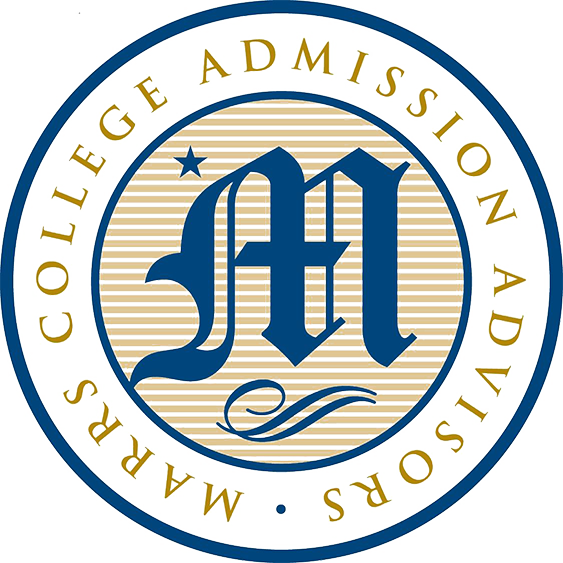College Highlight
Wesleyan University
From the Fiske Guide to Colleges
Usually compared to Amherst or Williams, Wesleyan is really more like Swarthmore. The key differences: Wesleyan is twice as big and a little more streetwise. Wes students are progressive, politically minded, and fiercely independent. Exotic specialties like ethnomusicology and East Asian studies add spice to the scene. New York and Boston are both two hours away but not easily accessible on public transportation.
Whether they're engrossed in academics, debating and demonstrating over various issues, or engaged in community service, Wesleyan students seem to do things with a passion and intensity that helps set this school apart from tamer institutions. "There's an energy on this campus; for me, it's a spirit of creativity and political energy," a sophomore explains. In recent years, a significant number of Wesleyan alumni have gone on to make their mark in the high-tech world and the entertainment industry, most recently Hamilton creator Lin-Manuel Miranda.
Wesleyan likes to describe itself as "a small college with university resources." The libraries have more than a million volumes, practically unheard of at a school this size. Whenever you happen to walk past the brightly lit, glass-walled study room of Sci-Li (the science library), you're apt to see numerous students huddled over their books.
Wesleyan's curriculum renewal program ensures the relevance of liberal arts education in the 21st century by offering seminars for first-year students, requiring an electronic portfolio from each student that allows them to set goals with their advisors and compile their work, and clustering courses to help students reach their academic objectives. Students are expected to take a minimum of three courses in each of three areas—humanities and the arts, social and behavioral sciences, and natural sciences and mathematics. Wesleyan students have nearly 50 majors to choose from, in addition to a number of minors and certificate programs. At the end of their freshman year, students may apply to major in one of three competitive, interdisciplinary seminar colleges: the College of Letters (European literature, history, and philosophy), the College of Social Studies (history, government, political and social theory, and economics), and the Science in Society program (concerned with the humane use of scientific knowledge, #224; la Buckminster Fuller). Other interdisciplinary colleges offering linked majors include the College of the Environment and the College of Integrative Sciences, which recently added a minor in integrated design, engineering, and applied sciences. The College of Film and the Moving Image is first-rate and has an international reputation. Wesleyan also recently launched the College of East Asian Studies, boosting an already strong program that offers advanced language courses, study abroad, a focus on cultural fluency, and an authentic Japanese tea room.
Despite Wesleyan's rigorous academics and heavy workload, students say the supportive atmosphere makes for a relatively relaxed feel. "Wesleyan students are proud to work creatively outside the box and search for less commonly explored answers," says one student. The university has used its wealth to attract highly rated faculty members who are expected to be scholar-teachers: academic superstars who juggle groundbreaking research, enthusiastic lectures, and personal student attention at the same time—and they seem to pull it off.
Greek membership is nominal, with just 4 percent of men and 1 percent of women joining up. Two former fraternities have turned into co-ed literary societies. As a result of a series of disputes with the administration over single-sex status and allegations of sexual harassment, the remaining fraternities have faced disciplinary actions. Wesleyan's enforcement of the drinking age is moderate compared with most schools. Consistent with the university's encouragement of independence, students bear a large part of the responsibility for policing themselves. The Wesleyan Cardinals compete in the Division III New England Small College Athletic Conference (NESCAC) and field 29 varsity teams. Recent conference champions include men's lacrosse and tennis; women's tennis produced two national champions in 2017. Annual encounters with "Little Three" rivals Williams and Amherst get even the most bookwormish student out of the library and into the heat of the action. Recreational sports are extremely popular, and more than half of the students compete in five intramural and 16 club sports.
The key to Wesleyan's success seems to be the fostering of an intellectual milieu where independent thinking and an appreciation of differences are omnipresent. This New England university offers more academic and extracurricular options than almost any school its size, and the Wesleyan experience means liberal learning in a climate of individual freedom.

